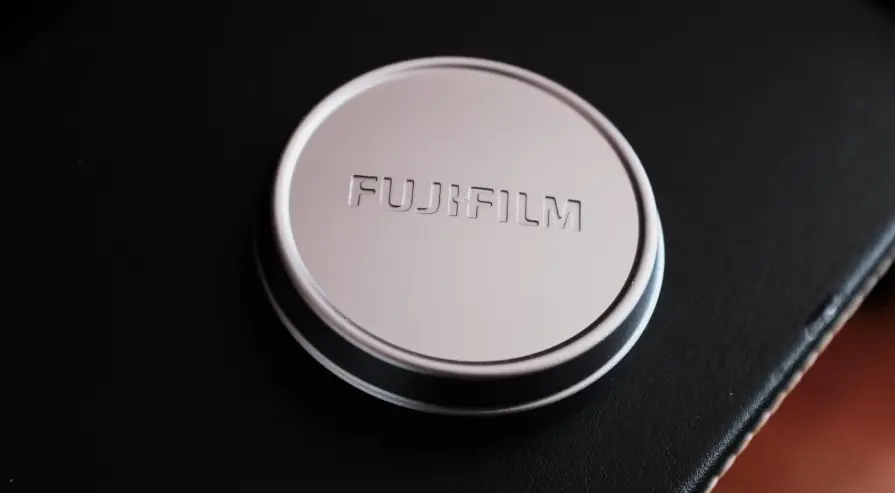
Button Battery ANSI C18.3M Testing for U.S. Amazon
U.S. Amazon requires button batteries to undergo ANSI C18.3M compliance testing (or 16 CFR Part 1700.15 & 1700.20) and provide a testing report.
A single button battery or coin cell battery. A button battery is a type of single cell battery used to power watches, computer clocks, hearing aids, and other small devices. Button batteries are also referred to as "coin cells" because they resemble a small coin, typically ranging from 5 to 25 mm in diameter and 1 to 6 mm in height. The body of the battery (i.e., the positive terminal) is usually made of stainless steel, while the metal top cover is insulated from the bottom, forming the negative terminal. Button batteries provide voltages from 1 to 5 volts and come in various forms, including alkaline batteries, silver batteries, zinc-air batteries, and lithium batteries.

Button Battery Standard 16CFR1700.15
When the product is a button battery or coin cell, there are two combinations of regulations, standards, and requirements:
1. Compliance with 16 CFR Part 1700.15 (poison packaging standard) and 16 CFR Part 1700.20 (testing procedures for special packaging);
2. Compliance with ANSI C18.3M (safety standard for portable lithium primary batteries).
Rule Notification
As required by the H.R. 5313 Reese’s Law, to eliminate or adequately reduce the risk of injury to children 6 years and younger from ingesting button batteries or coin cells, the U.S. Consumer Product Safety Commission (CPSC) has proposed a rule establishing performance requirements for the battery compartments of consumer products containing or designed to use one or more button batteries or coin cells.
The proposed rule also requires warning labels to be printed on the packaging of button batteries or coin cells, as well as on the packaging, battery compartments, and accompanying instructions and manuals for consumer products containing button batteries or coin cells.
ANSI C18.3M Testing Report Process:
- Poison packaging requirements (16 CFR Part 1700.15)
- Safety labeling statement requirements (Public Law 117-171)
Steps:
1. Send samples (typically 20 button batteries).
2. Fill out the application form (which must correspond to the platform's application, including company name, address, product name, address, manufacturer company name, and address).
3. Create a quote and contract for both parties to sign and seal (payment should be made before starting the testing process).
4. Send samples to the JJR Laboratory in China. The testing period is 12 working days.
5. Provide a draft report to confirm the accuracy of the information.
6. Issue the official test report.
Email:hello@jjrlab.com
Write your message here and send it to us
 Toothbrush FDA Certification Testing
Toothbrush FDA Certification Testing
 Snoring Device FDA 510k Standard Testing
Snoring Device FDA 510k Standard Testing
 Single Use Intravenous Catheter Certification Test
Single Use Intravenous Catheter Certification Test
 Silicone Material Product Compliance Certification
Silicone Material Product Compliance Certification
 What to Do If Cytotoxicity Test Results Are Positi
What to Do If Cytotoxicity Test Results Are Positi
 ISO 10993:5 Cytotoxicity Testing Methods
ISO 10993:5 Cytotoxicity Testing Methods
 FDA ISO 10993-1 Biocompatibility Evaluation Guidel
FDA ISO 10993-1 Biocompatibility Evaluation Guidel
 In Vitro Cytotoxicity Testing for Medical Devices
In Vitro Cytotoxicity Testing for Medical Devices
Leave us a message
24-hour online customer service at any time to respond, so that you worry!




